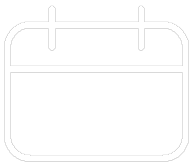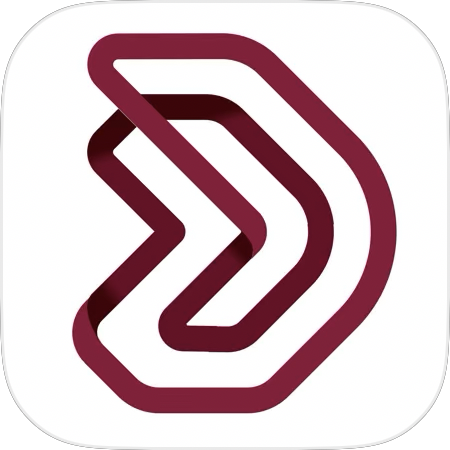Access Policy
The General Tax Authority (GTA) is actively working towards implementing a comprehensive set of rules and regulations to enhance user experience while browsing the website or getting information. This includes providing in-depth information and instructions to ensure a user-friendly experience.
At the GTA, our primary goal is to ensure that the Dhareeba tax portal is inclusive, easily accessible, and user-friendly for diverse individuals. We are committed to ensuring that regardless of any visual, hearing, motor, or cognitive disabilities, everyone can navigate and browse the portal with utmost ease and convenience. To this end, the Portal conforms to the WCAG AA level published by the Web Accessibility Initiative (WAI) of the World Wide Web Consortium (W3C).
The GTA offers the flexibility of viewing the website in Arabic and English, allowing users to select their preferred language for a more convenient browsing experience.
The website incorporates the Alternative Text (Alt Text) feature, effectively conveying essential information and explaining the content of displayed images.
The website's video files are hosted on external servers, allowing users to access valuable information and updates. The website also offers direct links to the official General Tax Authority accounts on YouTube, Twitter, and LinkedIn.
The website supports several Web Browsers, such as Microsoft Edge, Google Chrome 70+, Firefox 56+, and Safari 9+.
Further details regarding the Portal's accessibility standards can be found below. To learn more about accessible websites, please visit the W3C Accessibility Initiative website for additional information.
The first step in creating accessible sites is to consider the types of users. Some will use websites in different ways than most users would. The World Wide Web Consortium (W3C) defines these user groups as having at least one of the following characteristics:
They may not be able to see, hear, move, or may not be able to process some types of information quickly or at all.
They may have difficulty reading or comprehending text.
They may not have or can use a keyboard or mouse.
They may have a text-only screen, a small screen, or a slow Internet connection.
They may not speak or understand fluently the language in which the document is written.
They may be in a situation where their eyes, ears, or hands are busy or interfered with (e.g., driving to work, working in a loud environment, etc.).
They may have an early version of a browser, a different browser entirely, a voice browser, or a different operating system.
In 1999, W3C launched the first set of guidelines for site designers and developers to help them better meet the needs of all website users.
The W3C guidelines define three sets of priorities for accessible website design:
1. Priority 1 or ‘A’ level accessibility
Achieving this level is an essential requirement for some groups to be able to access information and use Web documents. A web content developer must satisfy this level.
2. Priority 2 or ‘AA’ level accessibility if this and priority 1 are satisfied
Achieving this level will remove significant barriers to accessing information in web documents. A web content developer must satisfy this level.
Error! Please Try Again.

















Your feedback has been submitted